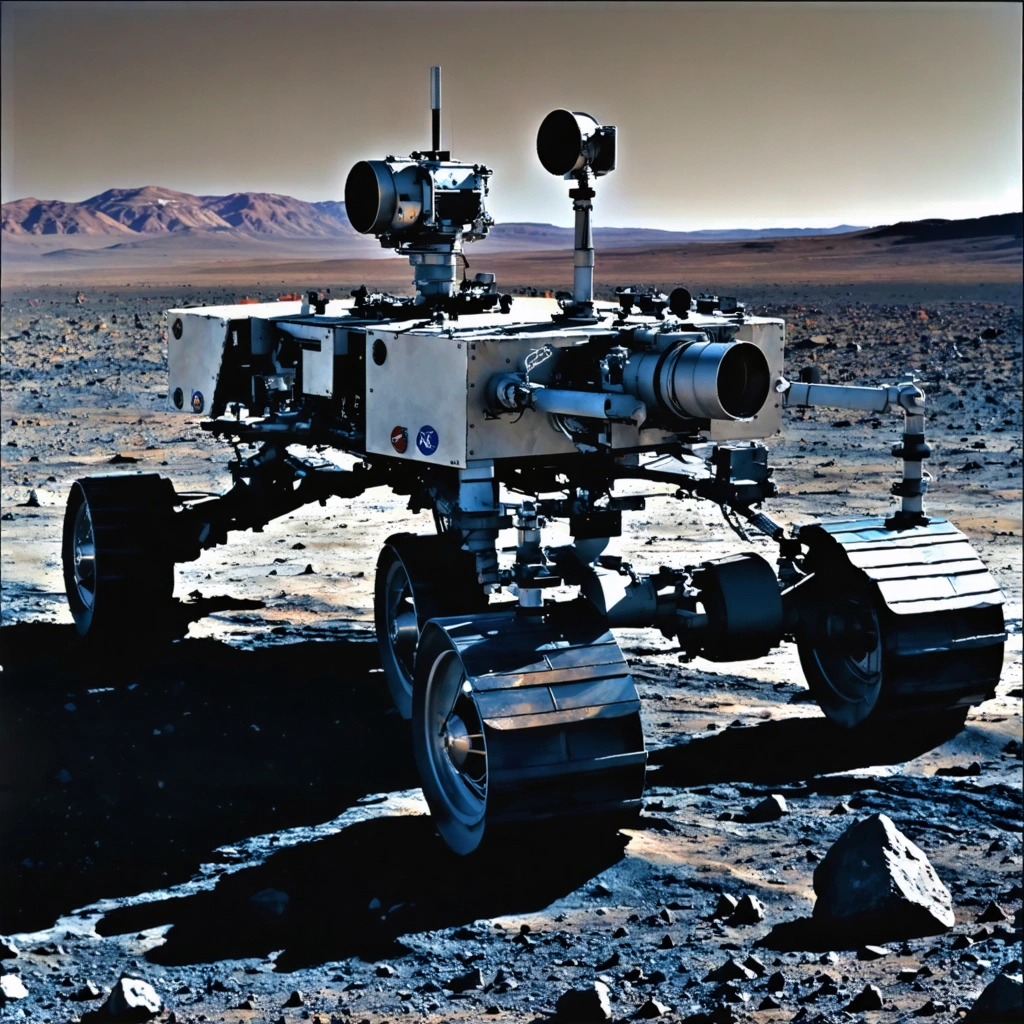
Introduction
NASA’s Curiosity rover delivered a surprising report when scientists discovered the longest chain carbon molecules amid the rocky terrain of Mars. Researchers anticipated simpler compounds; however, the complexity of these molecules now demands deeper inquiry. Consequently, the news excites both space enthusiasts and researchers around the world. Additionally, the discovery builds on decades of Mars exploration and inspires new theories about planetary habitability. Moreover, the data promote innovative methods that will shape future missions. Thus, every finding contributes to the ever‐growing narrative of cosmic exploration.
Discovery Details
The rover roamed Mars’ Gale Crater and encountered a 3.7‑billion‑year‑old rock known as Cumberland. Curiosity collected samples from a dried-up lakebed, and the advanced instruments captured vital chemical signatures. Scientists used precision sensors to measure the intricate bond between carbon atoms, and they observed traces of hydrogen and oxygen embedded within the chains. Furthermore, each measurement strengthens the mission’s conclusions and shakes long‑held assumptions about Mars’ ancient environment. In turn, the discovery provokes fresh hypotheses about possible early biological processes.
Scientific Significance
The molecules discovered on Mars exhibit properties reminiscent of fatty acids on Earth. Researchers now link these compounds to the building blocks of biological membranes. Meanwhile, critical debates emerge over the potential for ancient microbial life on Mars. Moreover, experts compare the molecular structures to terrestrial life forms that depend on long chain carbon processes. Consequently, the presence of these complex organics creates an optimistic outlook regarding life’s early evolution. Clearly, each observation challenges established paradigms as the scientific community considers interplanetary connections and the origins of life.
Advanced Instrumentation and Methodology
Curiosity carried the state‑of‑the‑art Sample Analysis at Mars (SAM) instrument, which allowed scientists to analyze the rock sample directly. In this respect, researchers highlight several key functionalities: • Analyzing volatile compounds with high accuracy. • Measuring intricate molecular structures. • Detecting precise isotopic differences. Additionally, the instrument differentiates compounds quickly and reliably, even under harsh conditions. Engineers implemented strict protocols during data acquisition, and they cross‑verified the results with simulation models. As a result, the advanced techniques narrow down ambiguities about Martian organic chemistry while paving the way for future exploration.
Systematic Analysis and Data Overview
Researchers followed a systematic process to reveal the secrets embedded within the Martian rock. They executed several sequential steps: 1. Collection of rock and soil samples. 2. Analysis using onboard spectroscopy. 3. Cross‑verification with Earth‑based laboratory simulations. Furthermore, the table below summarizes key findings:
| Parameter | Measurement | Significance |
|---|---|---|
| Carbon Chain Length | Longest detected | Potential precursor to cell membranes |
| Rock Age | 3.7 billion years | Indicator of an ancient environment |
| Instrument Used | SAM | Ensures high‑precision data |
Thus, these steps combine qualitative observations with quantitative data. Consequently, the interdisciplinary approach reinforces the credibility and excitement surrounding the discovery.
Future Exploration and Implications
Future missions plan to build on Curiosity’s breakthroughs by investigating additional sites on Mars. Therefore, scientists aim to deploy even more agile and sensitive instruments for capturing organic signatures. Moreover, international collaborations bolster knowledge sharing and accelerate technological innovations. As a result, NASA and its partners continue to push the boundaries of astrobiology while optimizing resources for upcoming missions. Furthermore, research findings not only refine our models but also catalyze new concepts in planetary evolution. Ultimately, the discovery of long chain molecules amplifies the call for continued investment in space exploration.
Conclusions and Broader Implications
In conclusion, NASA’s Curiosity rover inspires both scientific inquiry and public fascination alike. Researchers now appreciate that the discovery of long‑chain organic molecules on Mars holds transformative implications for our understanding of the red planet’s history. Clearly, every observation contributes incrementally to a broader narrative of cosmic exploration. Moreover, the evidence challenges conventional views on Mars while inviting interdisciplinary studies that blend geology, chemistry, and astrobiology. Consequently, each breakthrough sets a new benchmark in space science. Additionally, the discovery encourages continuous dialogue about humanity’s exploration journey and the enduring quest to uncover the secrets of our celestial neighbor.
Further Reflections on Martian Organic Chemistry
The discovery ventures into multiple scientific inquiries and inspires expansive interdisciplinary studies. Therefore, researchers now focus on modeling Martian organic evolution with unprecedented detail. Additionally, experts discuss the ramifications of such findings on both astrobiology and geology. In essence, each newfound insight contributes to the fast‑growing body of research in these fields. Moreover, successful missions highlight humanity’s determination to explore the unknown rigorously. Equally, the data illustrate a blend of innovative engineering and exacting scientific research. Consequently, every breakthrough paves the way for deeper comprehension, and finally, this discovery amplifies the push for continued investment in space exploration.






